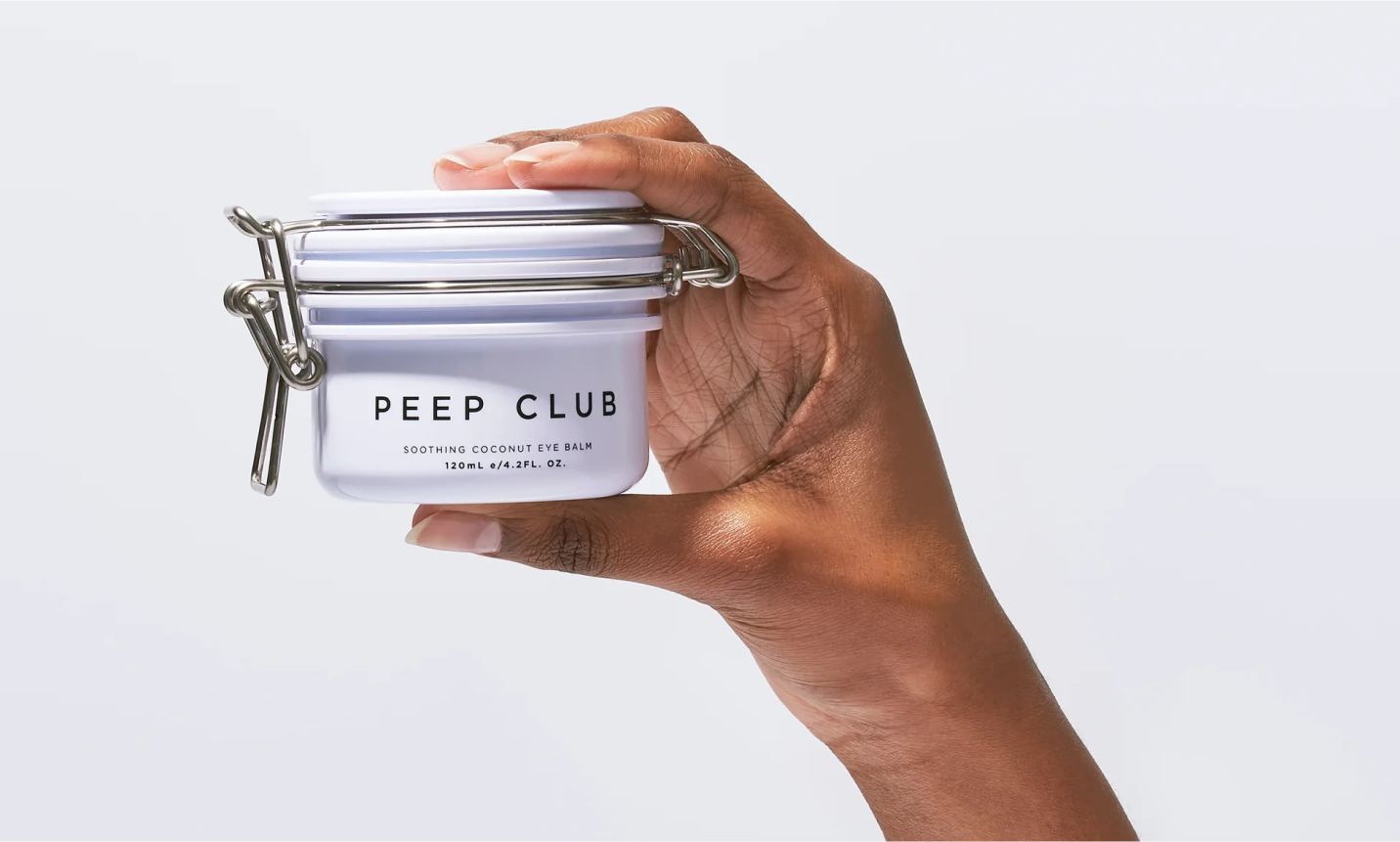
What are my tears made of?
Your tears form are a super thin film over the front of your eye – this super thin, often forgotten, part of the eye is absolutely essential for 1) Keeping your eyes hydrated, 2) Protecting your eyes from bacteria getting in and 3) Helping to keep your vision clear and sharp.
Your tears are a delicate, complicated balance of water, oil and mucous! In fact your tears are made of three layers; the first layer, closest to your eye is the mucin layer (mucous), the second layer is the aqueous layer (water) and the top layer is the lipid layer (oil).
Mucin layer:
Think of this as the base layer of the tear film – it acts as an anchor for the two other layers and makes sure that stay put and in the right place.
Acqueous layer:
The middle layer is the one we most associate with our tears. This layer is like ‘water bottle’ of the eyes – providing all the hydration, oxygen and other nutrients to the front surface of your eye to keep it healthy.
The other key function of this layer is that it helps to wash away any foreign bodies (eyelashes, dirt, dust) – that’s why you’ll notice your eyes starting to tear up when you have something unwanted in them!
This layer is produced by the lacrimal gland which is found in your upper eye lid.
Lipid layer:
The very top layer of your tears is the oil layer – this layer is essential in helping your eye lock in the moisture (aqueous layer) so that it doesn’t evaporate before it can hydrate your eyes.
A healthy tear film will stay for around 7-12 seconds on an open eye before evaporating. In the course of your regular eye check-up or specialist Dry Eye check-up, your Eye Doctor might apply an orange dye (called Fluorescence) to your eye and use a piece of equipment (called a Slit Lamp) to measure how long it takes your tears to evaporate. A shorter ‘Tear Break-Up Time or TBUT’ (for example, around 2 or 3 seconds) as it is known by Eye Doctors, might indicate Dry Eyes.
Your tears are drained through your tear ducts, which are found in the inner corner of your eye. This is why when you cry, you can taste ‘salt’ in your mouth or your nose runs – this is the taste of the excess tears draining down out through your eyes and down your nose.
Sources:
https://www.reviewofophthalmology.com/article/reclaiming-vision-in-dry-eye-syndrome

